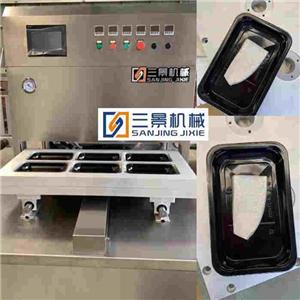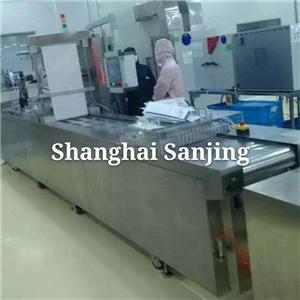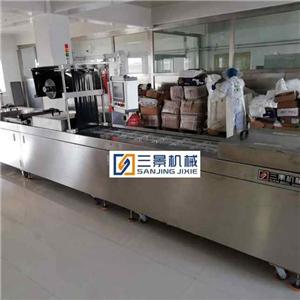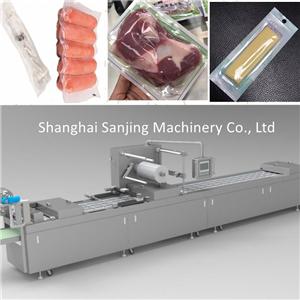The key point of food MAP fresh-keeping packaging -3
The relationship between the shelf life of modified atmosphere packaging products and the temperature of storage, transportation and sale
There are safety problems in refrigerated packaged food, including vacuum packaging and modified atmosphere packaging. Modified atmosphere packaging of food can inhibit the reproduction of spoilage microorganisms, but many pathogenic bacteria are less affected. As a result, fresh fish or meat-modified packaging products may potentially produce a toxic problem that is harmful to human health before their appearance is rotten.
In fact, delaying food spoilage gives many contaminated pathogens a chance to delay the breeding season. In particular, some cryophilic microorganisms such as Liszt mononuclear cytoplasmic (Listeria monocytogenes), non-proteolytic Clostridium botulinum (Nonproteolytic Clostridium botulinum), hydrophilic Aeromonas (Aeromonas hydrophila) and Yersinia (Yersinia enterocolitica) of small intestine or colitis can reproduce at cold storage temperature. It has been proved that at present, the whole food cold chain is difficult to maintain the required cold storage temperature, especially in retail and household refrigerators, the temperature of food sold under cold storage is usually 710 ℃, while in the cold room of household refrigerator, the temperature is more than 10 ℃. Some pathogenic bacteria can reproduce when there is a slight fluctuation in the refrigerated temperature. it is proved that at present, it is difficult to maintain the required cold storage temperature in the whole food cold chain, especially in retail and household refrigerators. These pathogens include Salmonella (Salmonella), protein-decomposing botulinum toxin type C (Proteolytic C botulinum), Clostridium perfringens (Clostridium perfringens), Bacillus cereus (Bacillus cereus) and Staphylococcus aureus (Staphylococcus aureus). When food is preserved under fluctuations in cold storage temperature, the reproduction rate of these psychrophilic pathogens will be accelerated.
Many studies have shown that Botox type C toxin is toxic before some MAP products are spoiled, especially the fluctuation of cold storage temperature. Therefore, the storage temperature required by MAP products must ensure food safety and shelf life by strictly controlling the cold chain temperature or using time-temperature indicator label (TTIS,Time-Temperture Indicators).




